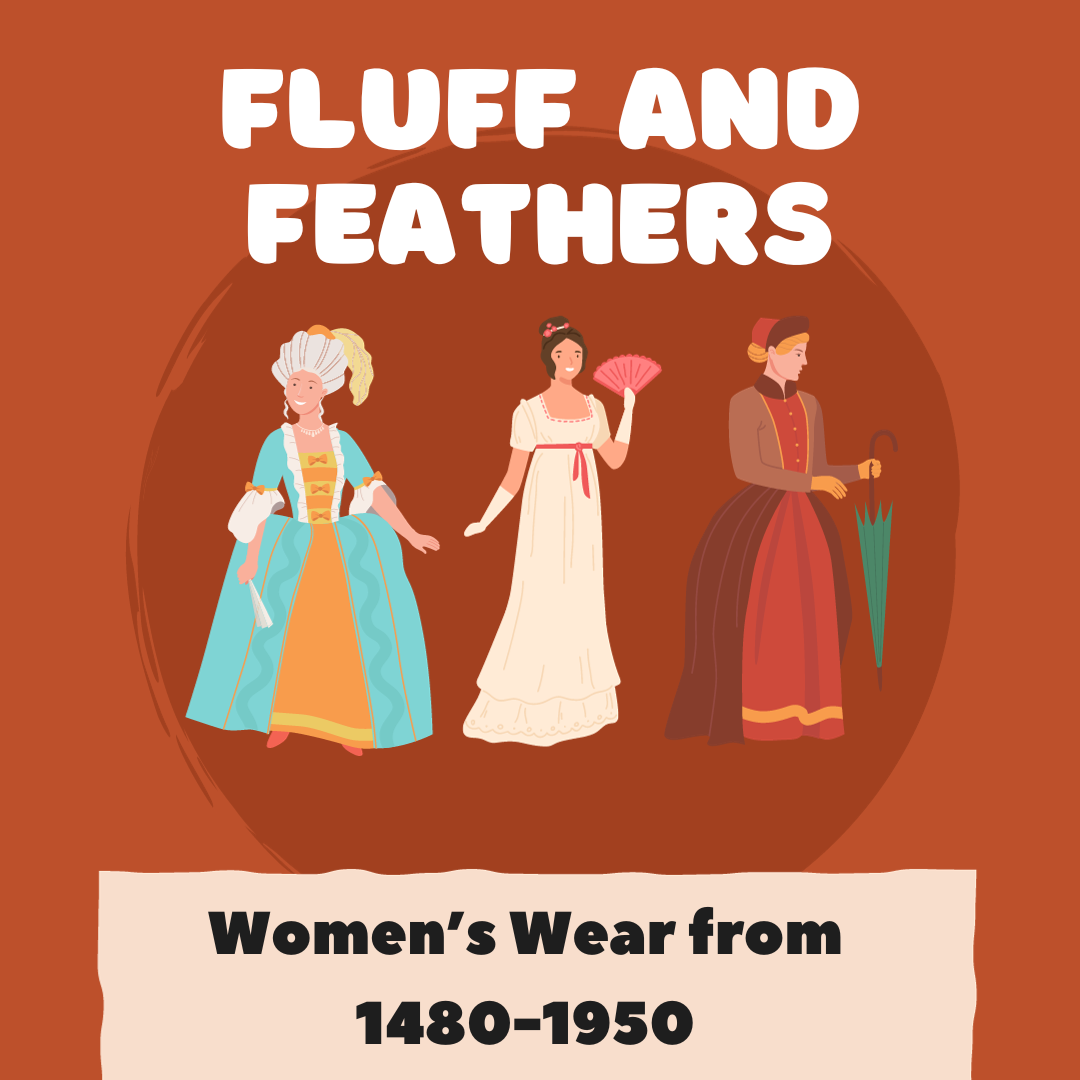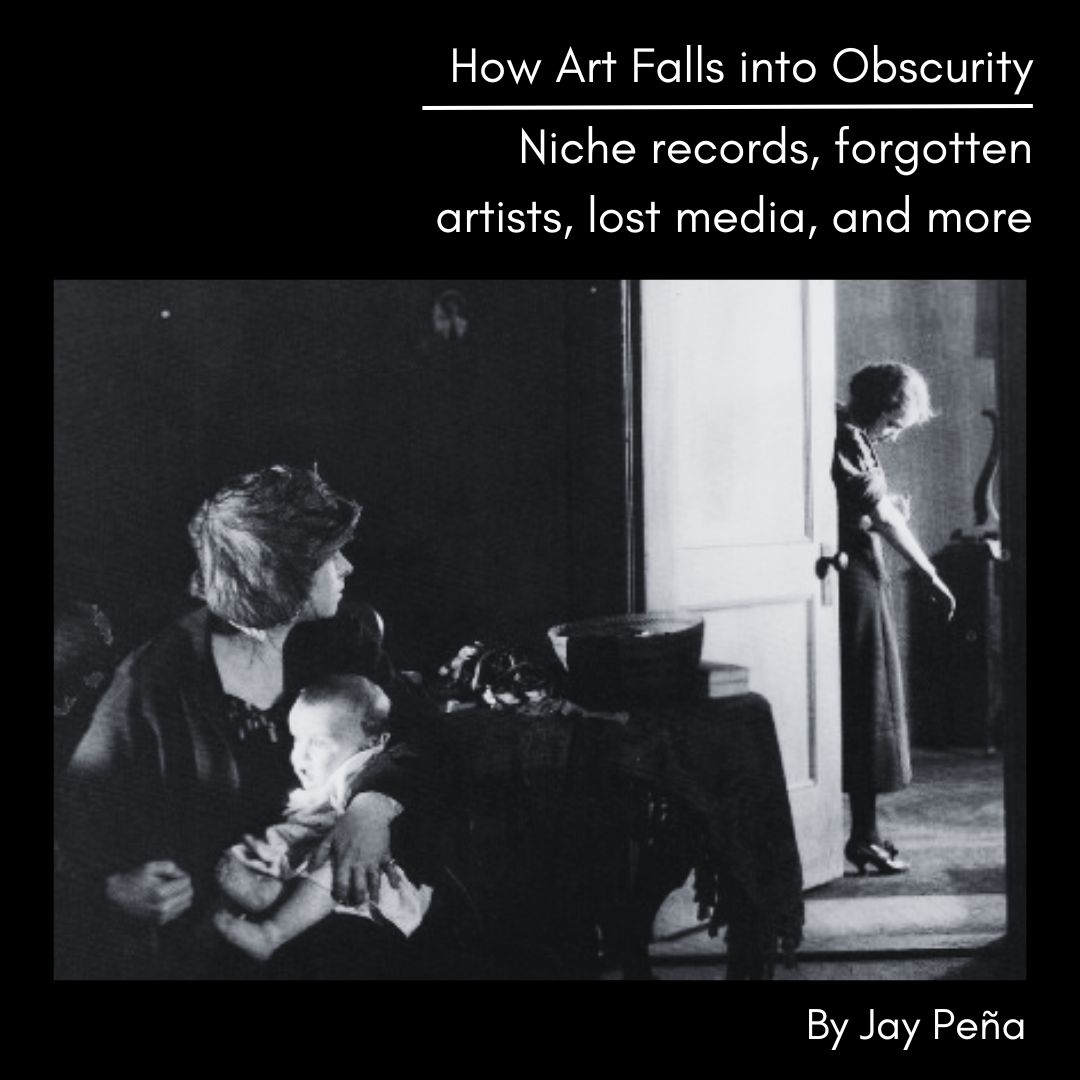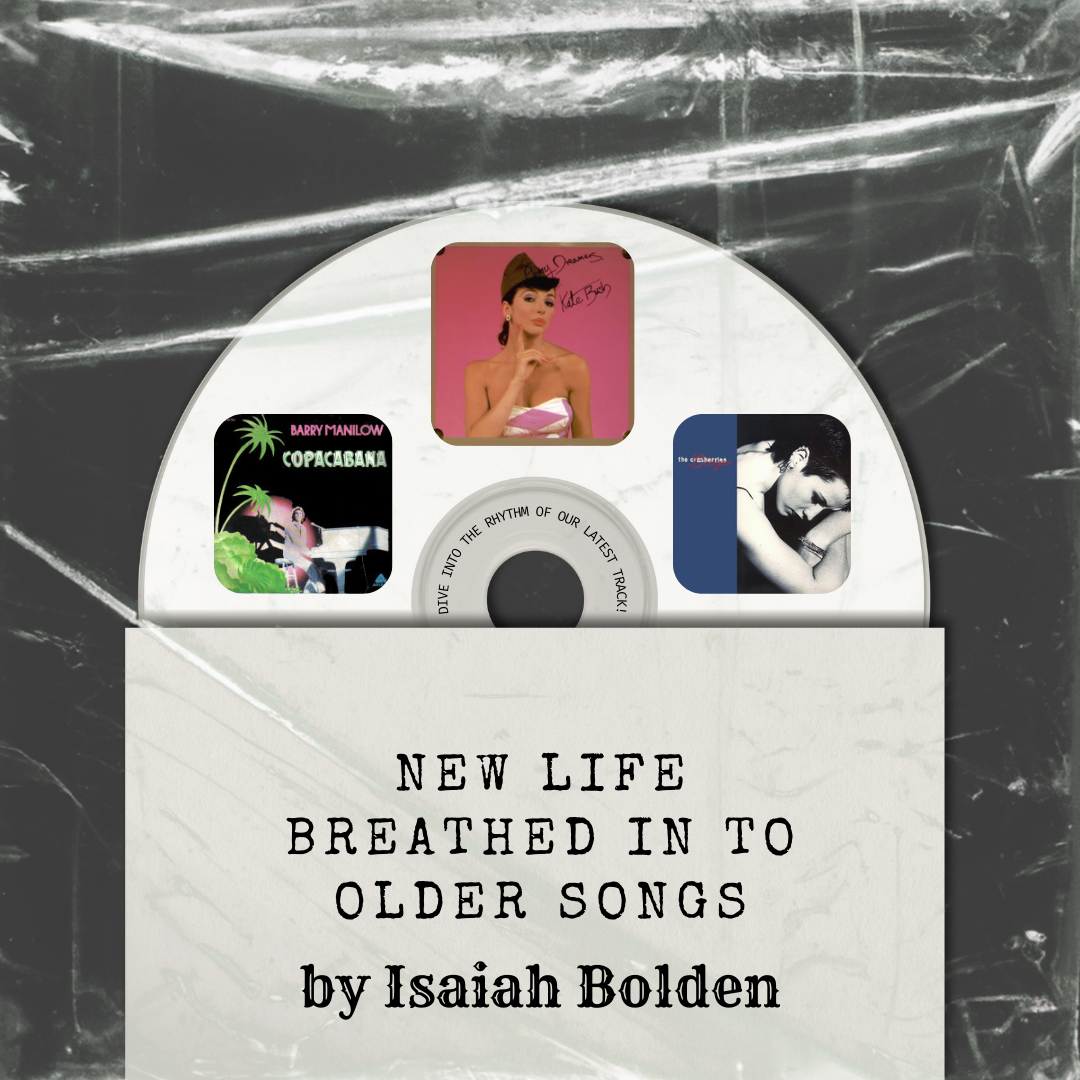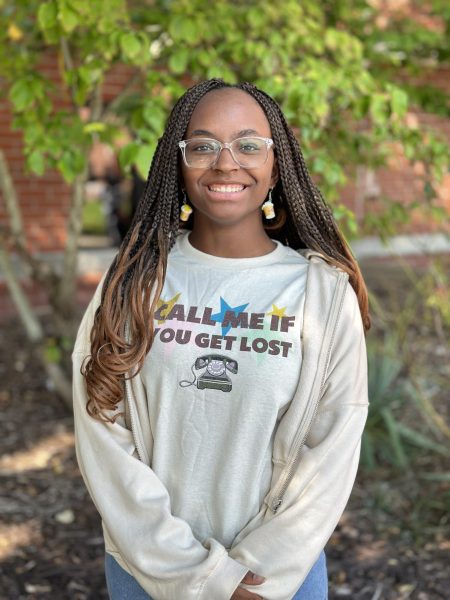Historical Fashion
Fashion history has always been a visual marker of human evolution. The evolution of fashion aligns with the evolution of mankind and societal changes. The past centuries have laid the foundations of modern fashion. The liberation of women from corseted confinement and the creation of fashion shows and lifestyle brands are each a direct result of the creative genius from various times in history. These individuals were considered stylistic and societal visionaries, but considering how these fashion trends affected women, were they visionaries, or did they just work with what they were given? Based on comfortability and design, let’s see just how talented these designers were.
Tudor Fashion (1483-1603)
The House of Tudor was a sequence of powerful rulers descended from Henry Tudor, who ruled from 1483 to 1603. According to the Royal Museums of Greenwich website, regardless of status, all Tudor women wore a linen shift, and “the wealthier aristocratic women would demonstrate their striking silhouette, highly-embellished outer layers, and headdress.”
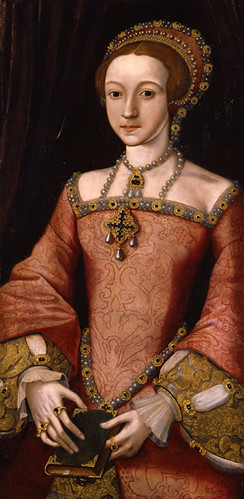
I rate it a 10/10. The sleeves are very elegant and the embroidery is beautiful. The beads on the headwear and other jewelry bring the whole dress together.
Rococo Fashion (1715 – 1780)
This era was when French aristocracy began to obsess over their wealth and finery. Lace, ruffles, ribbons, ruchings, and silk flowers embellished gowns, creating a frivolous and flirtatious look. According to the Women’s Fashion: Rococo website, “the change in court costume came in the 1770s when “women’s hairstyles grew in height, skirts grew in width, and decoration was abundant.”
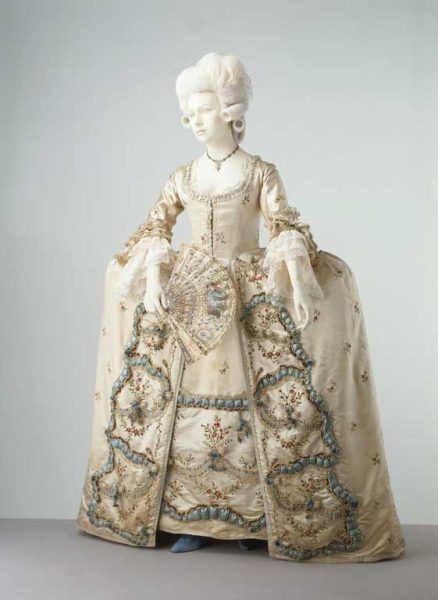
I rate it an 8/10. It just embodies extravagance. Even though it looks uncomfortable to move in, the pastel shades and delicate style of this era make the Rococo aesthetic even more unique and gorgeous.
Regency Fashion (1790 – 1830)
This was an era beloved by Jane Austen. As stated on the University of Liverpool’s website, during this time, there was “a raise in waistlines, a lowering of the necklines, shorter sleeves with dainty features and embellishments.” Dresses were typically short-sleeved, which was a new fashion trend not seen before. The waistline of dresses became higher than in previous decades. The dresses were made of breathable fabrics and allowed easier movement than the previous fashion trends.
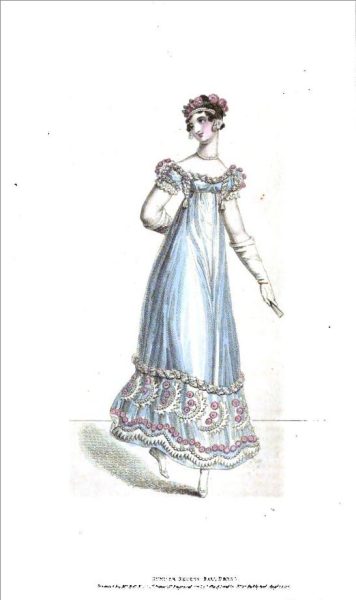
I rate it 9/10. The fact that it was deemed “comfortable” alone, gives it a high rating. No corset and bare arms was a drastic change for women’s fashion. This kind of dress came in all colors, unlike past trends where they only stuck to just light or just dark. Love the versatility.
1860s Fashion (1860-1869)
As stated by The Fashion Institute of Technology on their Fashion History Timeline website, what defined the silhouette of the 1860s was “the cage crinoline or hoop skirt, consisting of a series of concentric steel hoops attached with vertical bands of tape or braid.” It was frequently ridiculed as women’s skirts took up even more space on sidewalks, benches, and halls. Corsets weren’t worn tight in this period, the size of the dress or skirt just made the waist look small. Dresses for ladies typically had long sleeves and a high neckline and were most often made from cotton, fine wool, or silk.
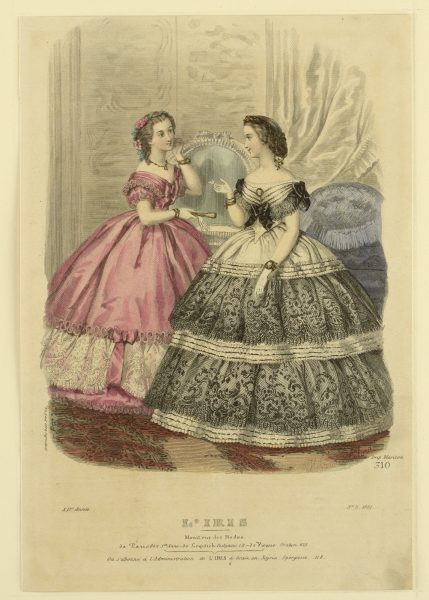
I rate it a 7/10. It was very pretty to show but was said to be “impractical” by people of that time. Since more commoners had the opportunity to own sewing machines, there would be more big dresses on the streets taking up space. The metal hoops also made daily functions a struggle.
1890s Fashion (1890-1899)
The 1890s was a period of change. The Fashion Institute of Technology notes that “skirts were bell-shaped, gored to fit smoothly over the hips, while bodices were marked by the large leg-o-mutton or gigot sleeves.” These bell-shaped skirts created more of an hourglass effect. During this time, women had a new level of independence and more and more women started to get employed. There were even specific sports dresses made for bicycling, tennis, and golf to permit movement.
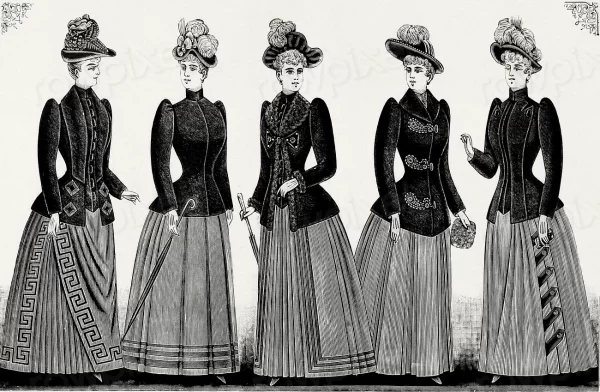
I rate it a 10/10. After an era of impracticality, these dresses show the opposite. The slimness of the dresses gave women more room on the sidewalks and were better suited for travel. The comfortability and design went hand-in-hand so that women could still look fashionable when playing sports and doing their jobs.
1910s Fashion (1910-1919)
The 1910s were dominated by the softer silhouette with more focus on a fluid, more flowing look. This shift was reflected in the way dresses and skirts were designed. The lengths of dresses were just above the ankle, which was higher than other dresses before it. There was also the new trend where skirts tightened around the ankle. These skirts were the inspiration for the pencil skirts we have today.
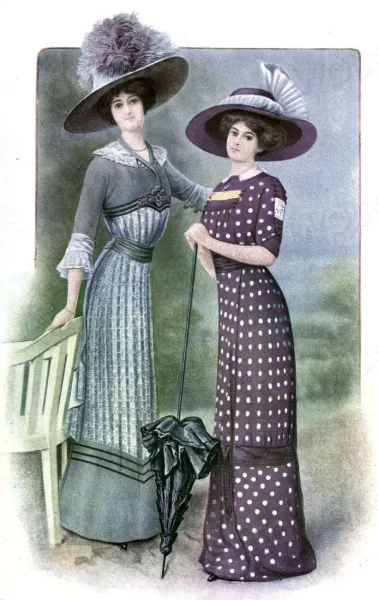
I rate it a 9/10. Everything seems looser and laid back. Most of the dresses were more naturally shaped. The accessories, like the parasols and leaning hats, were also great additions to the look.
1950s Fashion (1950-1959)
The 1950s were a time when fashion exploded into new directions, new colors, and new silhouettes. When Christian Dior’s “New Look” appeared in February 1947, it became an immediate trend and according to the Fashion History Timeline, “the nipped-in waist and full-skirted silhouette remained the leading style until the mid-1950s.” As the decade progressed, the dominant silhouette became progressively straighter and slimmer.

I rate it an 8/10. This decade of fashion was much more playful. Dresses started coming in stripes, polka-a-dots, and plaid designs. The flowy look of the dresses was also nice to see. The only thing that is unlikeable is what the dresses were supposed to be based on, which was the conservative simplicity of the housewife, which was the feminine ideal back in the day.
Review
Fashion has grown and will continue to grow over the years. As we have seen, the designers of these eras were talented visionaries. Many of them pushed boundaries in a way that was never done before. They worked with what they were given and were able to create art for the rest of the world to see through fashion.
